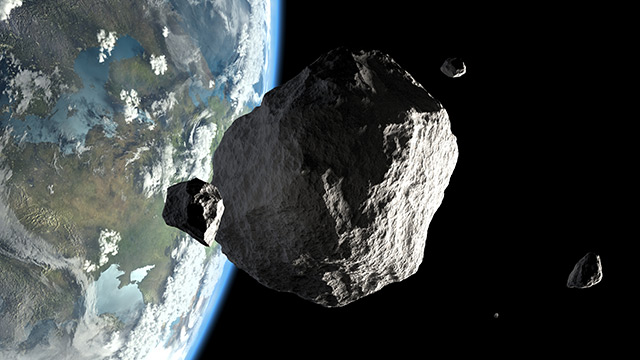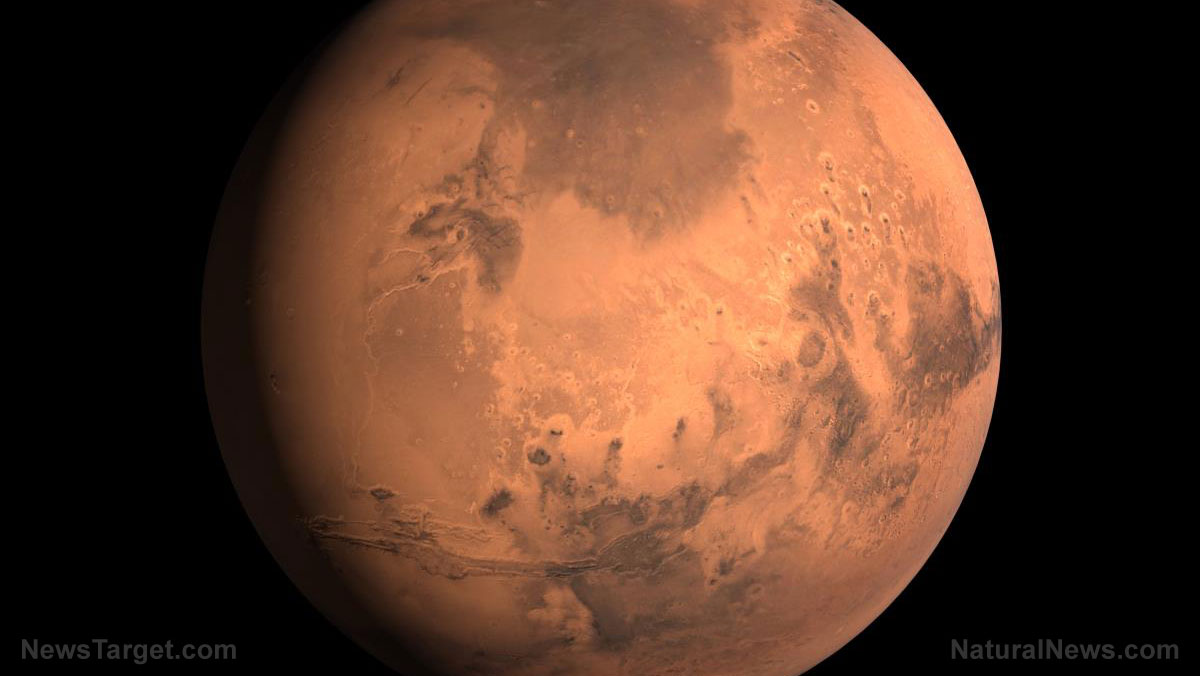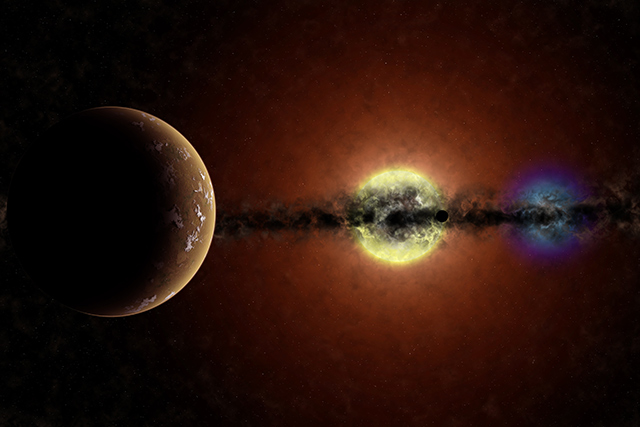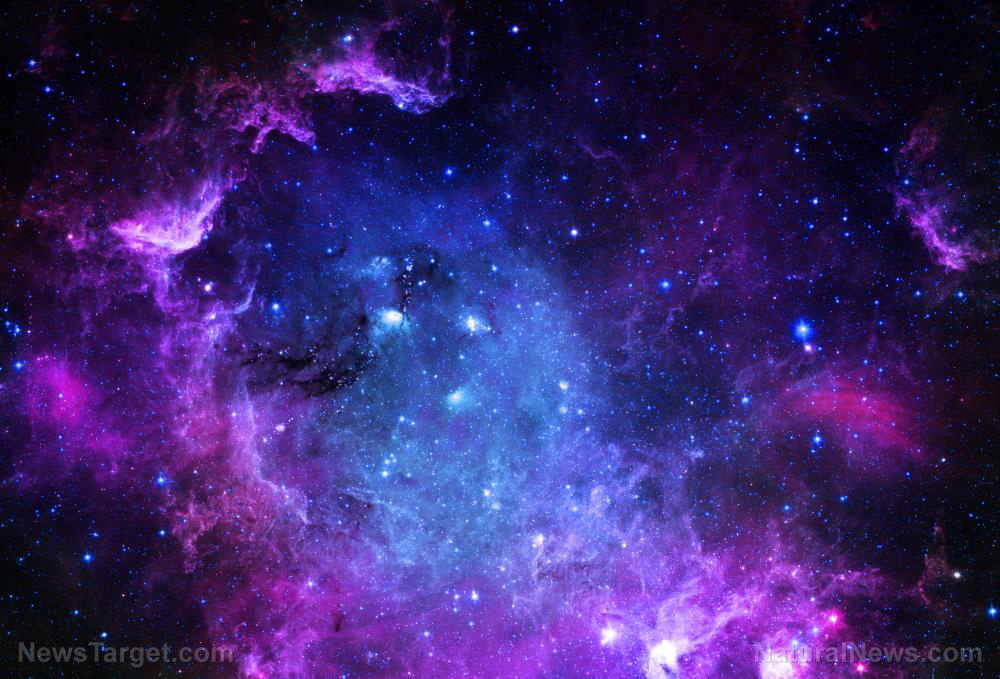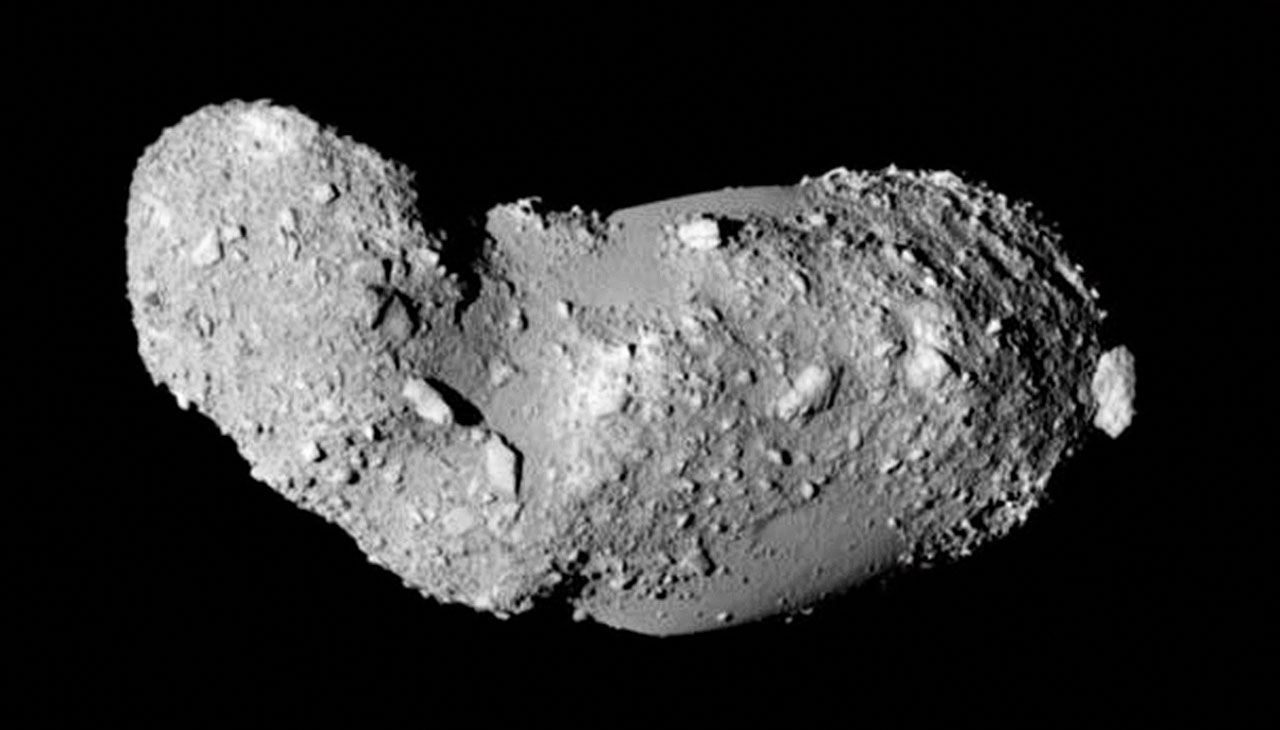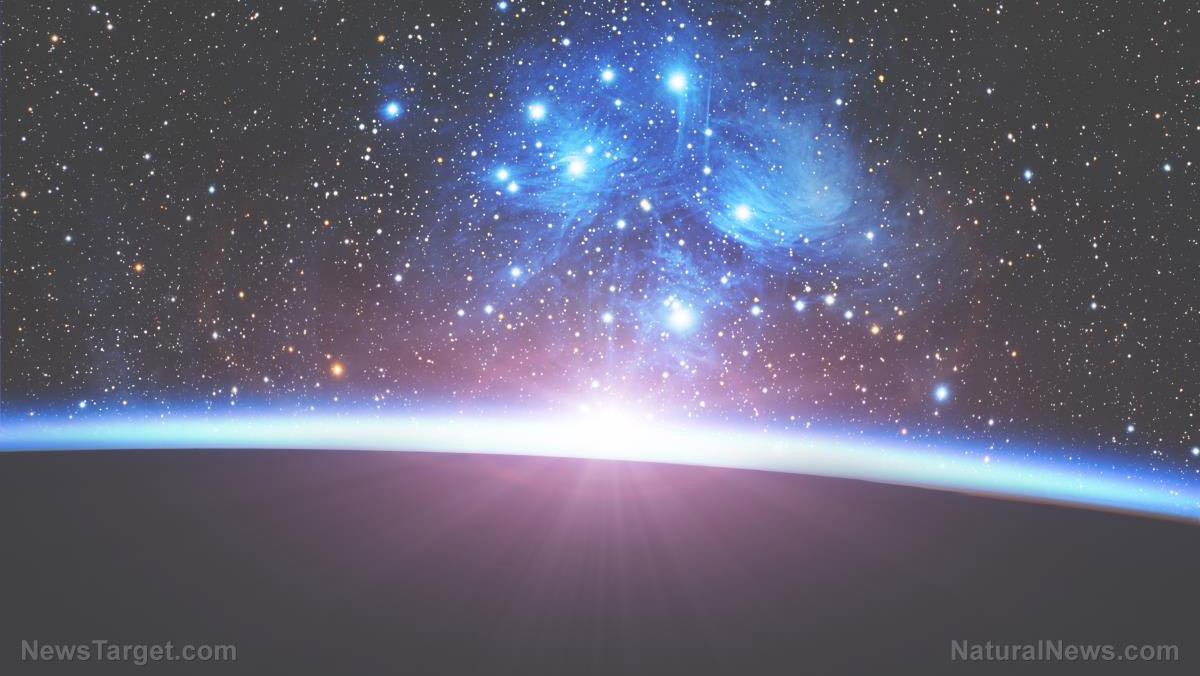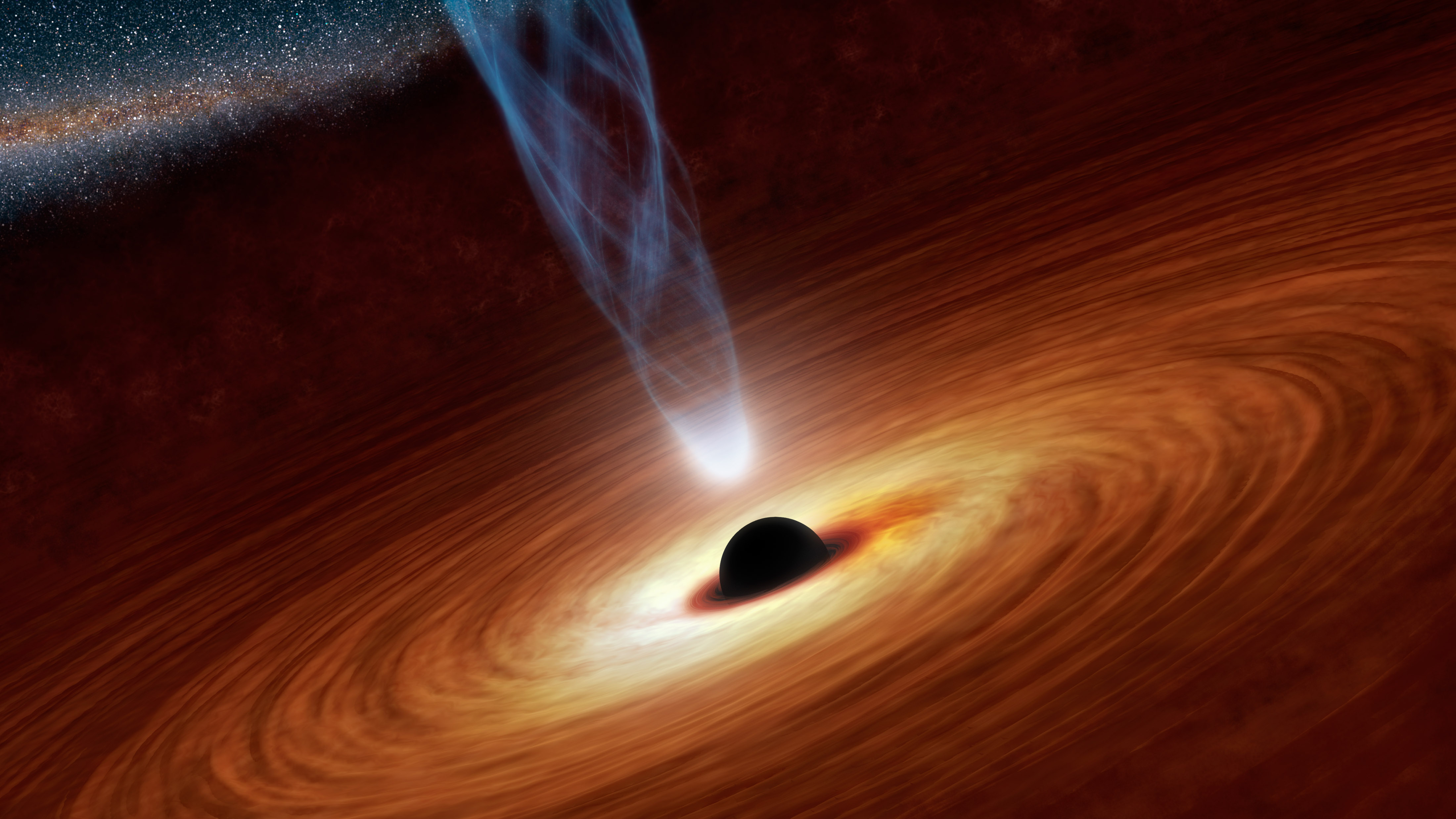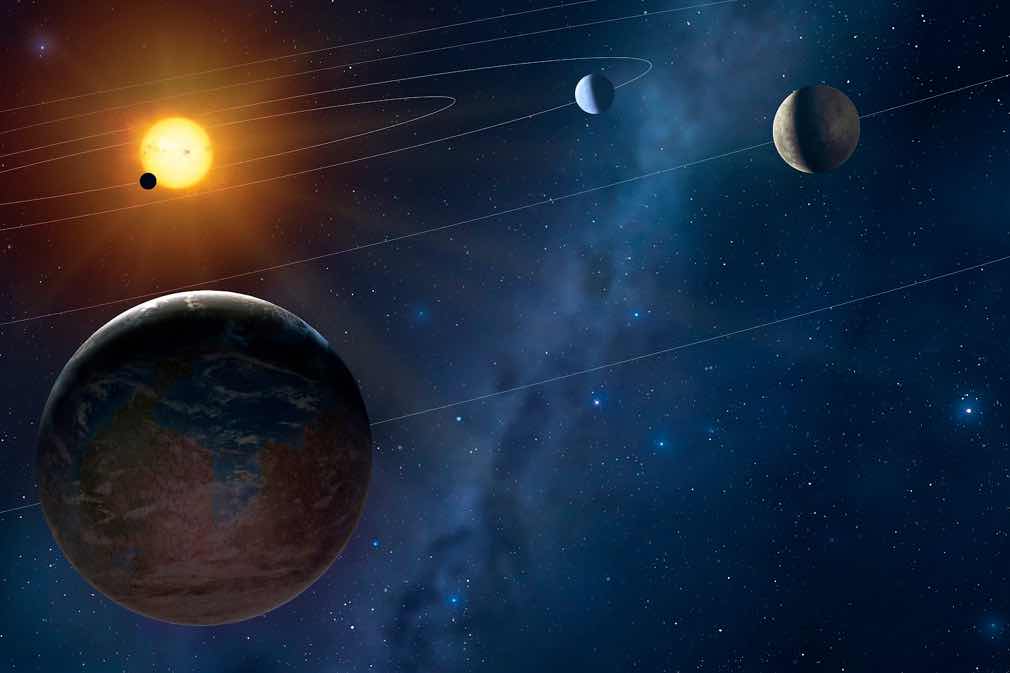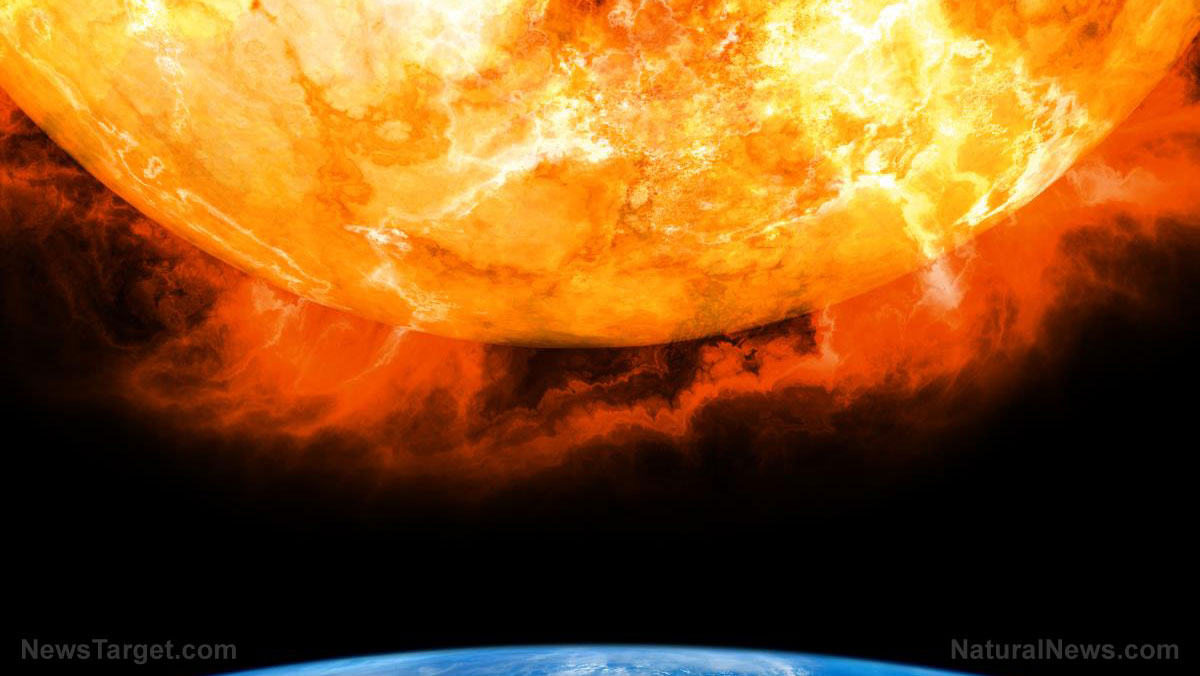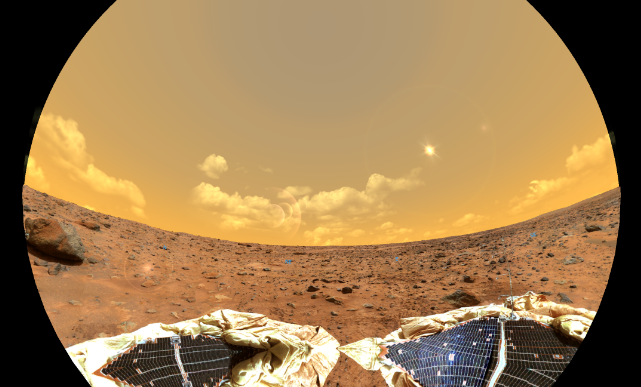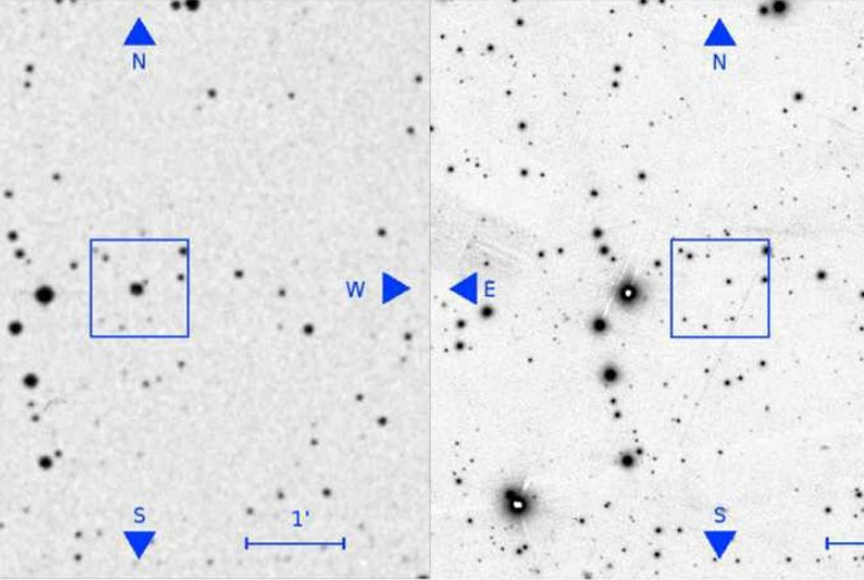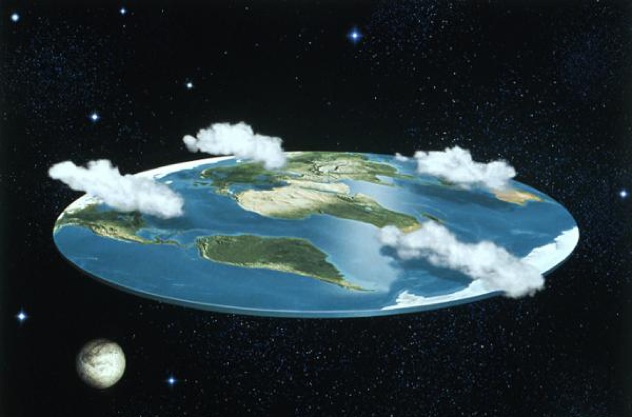Study suggests Europa, Jupiter’s Moon, contains table salt in its oceans just like the oceans on Earth
01/25/2020 / By Arsenio Toledo
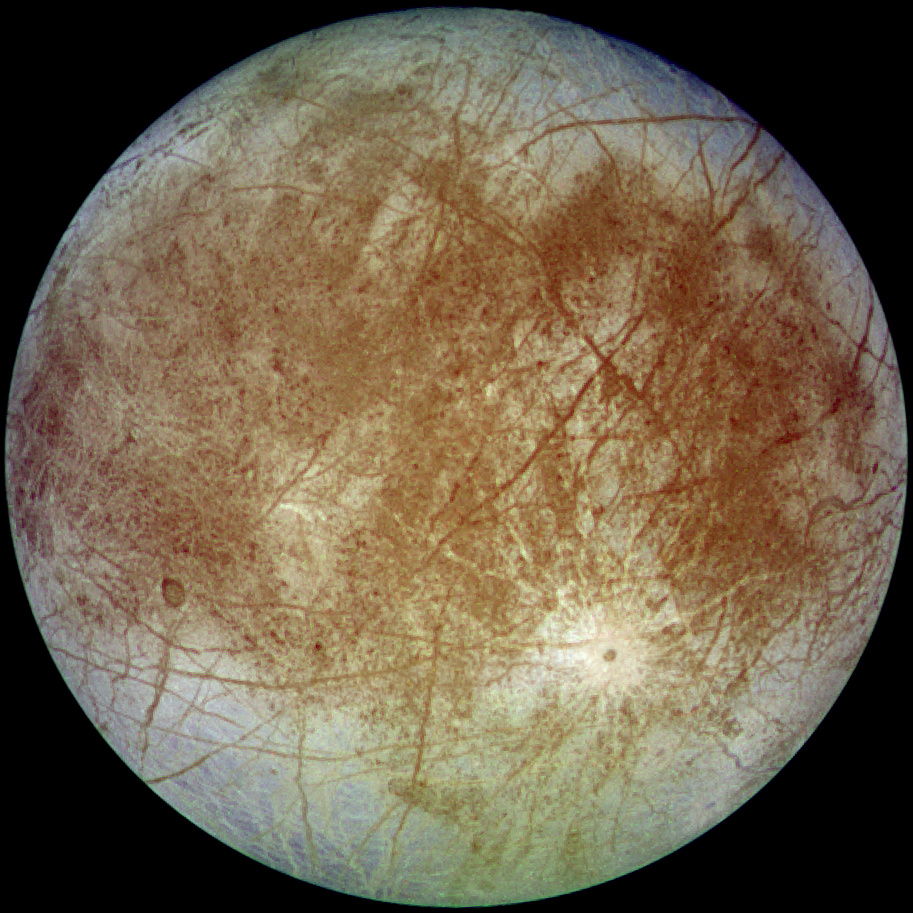
A study published in the journal Science Advances believes that subterranean oceans lurking underneath the surface of Jupiter’s moon Europa may have a similar salt composition to oceans on Earth after the Hubble Space Telescope spotted sodium chloride, or salt, on the surface of the icy moon. Scientists now believe that other similarities may be discovered between the oceans of the two worlds.
Four different observations of Europa were made between May to August 2017 with the Hubble as well as ground-based infrared light scans. These scans led scientists to detect sodium chloride on the moon’s surface, however they did not indicate whether the surface salt came from Europa’s underground oceans.
These scans found out that the sodium chloride is coming from Europa’s “chaos regions,” or areas on its surface that are geologically young. Scientists believe that the material in these chaos regions may be welling up from Europa’s subterranean oceans.
NASA, however, is optimistic. In a statement, they said that since the region is geologically young and features abundant evidence of past geologic activity, they suspect that the salt on the surface may come from the ocean below it.
Prior to this study, the scientific consensus was that magnesium sulfate, or Epsom salt, was the main compound in Europa’s subterranean oceans. This discovery is making scientists reconsider their position, with many on the research team now confident that Europa’s oceans have sodium chloride. However, lead author of the study Samantha Trumbo of the California Institute of Technology states that the team is unsure of whether sodium chloride dominates or if other salts such as sulfate salts are also present in large quantities.
If sodium chloride doesn’t make up the majority composition of Europa’s oceans, there is still time for regular old table salt to prevail if certain geological processes work in its favor. Seafloor hydrothermal systems, like the ones that are widespread throughout the Earth’s oceans, could change the chemical makeup of the icy planet’s subterranean oceans. These hydrothermal vents play a crucial role in putting sodium chloride into the water.
“We do need to revisit our understanding of Europa’s surface composition, as well as its internal geochemistry,” said Trumbo. “If this sodium chloride is really reflective of the internal composition, then [Europa’s ocean] might be more Earth-like than we used to think.”
More to be discovered about Europa
Whether or not Europa’s ocean is dominated by sodium chloride or magnesium sulfate, the researchers are still proud of their findings. They believe their study is an important step in uncovering more information about one of Jupiter’s largest moons, and one of humanity’s most viable candidates for hosting life outside of Earth.
Furthermore, the question about the chemical composition of Europa’s oceans is an important one that needs to be answered quickly, as it may give the world an insight into whether or not Europa can be a host to extraterrestrial microorganisms. (Related: Towering blades of ice in Europa could get in the way of our search for alien life, scientists warn.)
A study published in the journal Nature already believes that it won’t be difficult to find signs of extraterrestrial life on the icy moon. Luckily, NASA’s Europa Clipper, which is expected to launch in 2025, will be studying Europa through a series of flybys while it orbits Jupiter. Its study will focus on confirming the existence of the subterranean ocean, study the chemical composition of its waters and give NASA enough evidence to weigh in on whether or not the Jovian moon can harbor life. With luck, the Europa Clipper can also find out if there are any extraterrestrial microorganisms swimming within Europa’s oceans.
Sources include:
Nature.com [PDF]
Tagged Under: alien life, astronomy, Chemistry, cosmic, discoveries, Europa, extraterrestiral life, future science, Good science, Jupiter, moons, Oceans, outer space, planets, research, salt, sodium, Space
RECENT NEWS & ARTICLES
Cosmic.News is a fact-based public education website published by Cosmic News Features, LLC.
All content copyright © 2018 by Cosmic News Features, LLC.
Contact Us with Tips or Corrections
All trademarks, registered trademarks and servicemarks mentioned on this site are the property of their respective owners.

